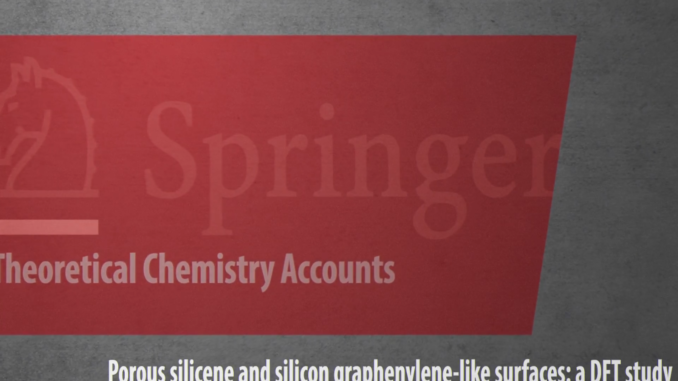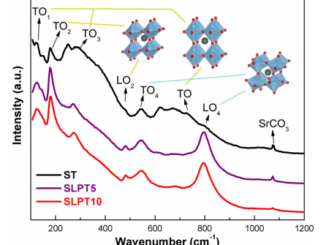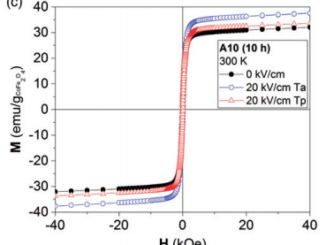
Porous silicene and silicon graphenylene-like surfaces: a DFT study
Abstract: Nanoporous single-layers surfaces derived from silicene, named porous silicene (PS) and silicenylene (SC) have been studied via periodic density functional theory with a modified B3LYP functional combined with an all-electron Gaussian basis set. The structural, elastic, electronic and vibrational properties of these nanoporous surfaces were simulated and analyzed. The results show that both PS and SC structures had a non-null band gap and a buckled structure such as pristine silicene, besides that they are more susceptible to longitudinal and transversal deformation than silicene. The large and well-defined porous diameter of PS and SC can bring new applications, such as gas separation, filtering and as anode material for lithium-ion batteries. These results are a challenge for the experimentalists to synthetize these new nanomaterials, comparing their properties with those described in this work.
Authors: G. S. L. Fabris, N. L. Marana, E. Longo, J. R. Sambrano.
Theoretical Chemistry Accounts
January 2018, 137:13
Link: https://link.springer.com/article/10.1007%2Fs00214-017-2188-6#authorsandaffiliations
DOI: https://doi.org/10.1007/s00214-017-2188-6
PDF: Porous silicene and silicon graphenylene like surfaces a DFT study




